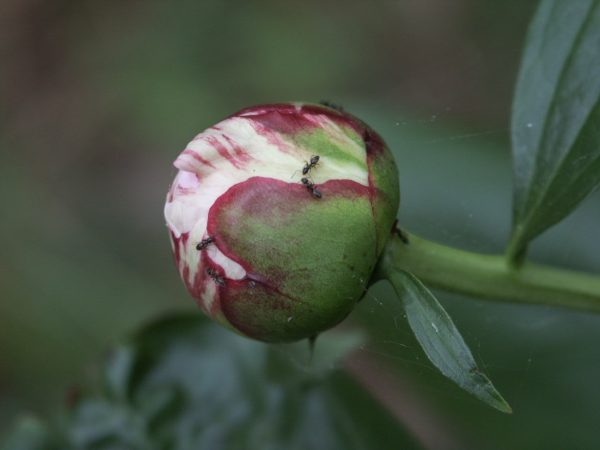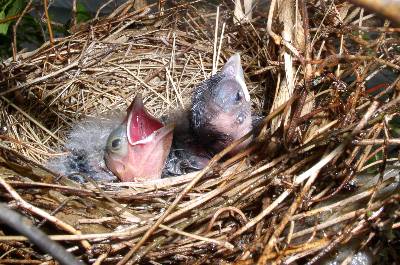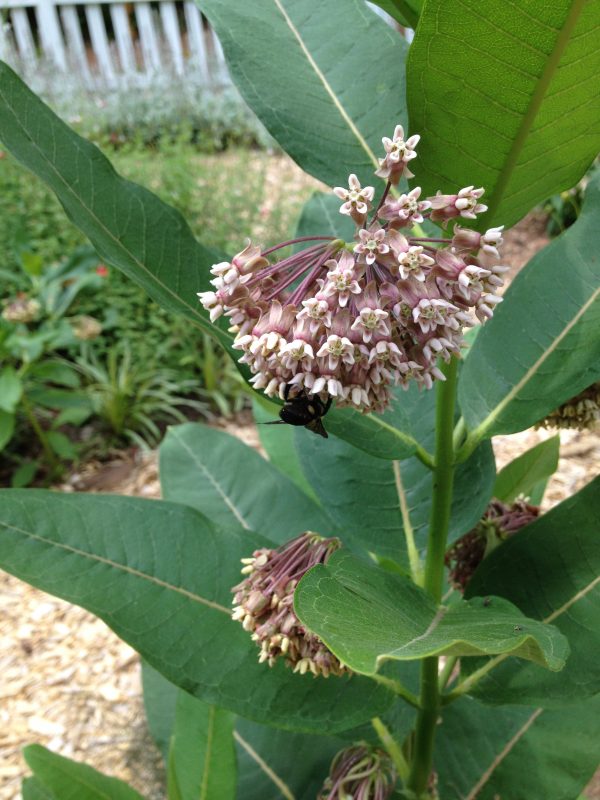Annuals – Determining Light Levels
Q: What do the term “partial sun” mean when planting annuals and shrubs. I never know what will work. Can a plant that says “shade” take morning sun, but not afternoon sun? And can a plant that says sun handle only morning sun, but not afternoon shade?
A: Theresa Schrum replies: “There are a thousand types of shade and only one type of sun.
Full sun is defined as 6 or more hours direct sun each day. When it comes to shade, here are a few of your choices: 1. Morning Sun/Afternoon Shade
2. Morning Shade/Afternoon Sun
3. Bright Dappled Shade all day
4. High Shade – pockets of sun that hit the ground throughout the day.
5. Winter sun/Spring-Summer Shade – shade cast by deciduous plants that are then bare in the winter
6. Winter shade/Spring-Summer Sun – areas shaded by a structure (usually on the north side) but as the sun moves higher, move into the sun.
As we progress towards the summer solstice (around June 21), the sun moves higher into the sky and plants that were in the shade move into the sun and vice versa. After that, the sun begins to move lower in the sky and the whole process reverses itself.
Now what kind of plants can you put in these situations – it’s all a matter of experimentation and even seasoned gardeners like Walter and myself still make mistakes.
Here is how I would handle it. Plants for part shade can take sun up until about noon and then need to be in the shade. They can take bright and dappled shade all day. If they are in the shade in the morning, they can take afternoon sun, but only for about an hour or two.
Full sun plants do best with 6+ hours. If an area gets 4 hours of intense afternoon sun, you might be able to plant some full sun plants there, but not all will thrive.
Take heart. Every spring and fall, I’m moving my “mistakes” to areas where they receive appropriate sunshine.”













